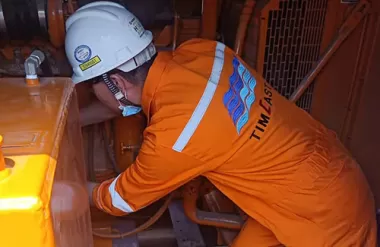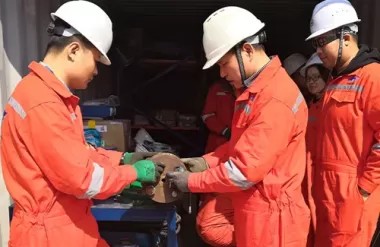Apr. 27, 2023
Helium leak detection is a non-destructive testing method used to locate leaks in a variety of systems and components. It involves the use of helium gas as a tracer gas to locate and measure the size of leaks. This technique is used in a wide range of applications, including aerospace, automotive, medical, and industrial manufacturing. In this article, we will explore the benefits of helium leak detection in detail.
One of the primary benefits of helium leak detection is its high sensitivity. Helium gas is a small molecule and can penetrate through the smallest of leaks. This makes it ideal for detecting even the smallest leaks in a system. The sensitivity of helium leak detection is typically in the range of 1x10-9 to 1x10-12 standard cubic centimeters per second (sccs). This level of sensitivity is necessary in many critical applications, such as aerospace and medical device manufacturing, where even the tiniest leak can have catastrophic consequences.
Another benefit of helium leak detection is its accuracy. Helium is an inert gas, which means it does not react with other materials or substances. This makes it a highly reliable tracer gas for detecting leaks. The method of detection involves introducing helium into the system being tested and then using a sensitive detector to locate and measure any leaks. The accuracy of this method is typically within +/- 1% of the actual leak rate.
Helium leak detection is a non-destructive testing method, which means that it does not damage the system being tested. This is an important consideration in many applications, where the integrity of the system is critical. For example, in the aerospace industry, the components being tested are often very expensive and time-consuming to manufacture. Using a non-destructive testing method like helium leak detection helps to minimize the risk of damage and ensures that the components remain intact.
Helium leak detection is a versatile method that can be used to detect leaks in a wide range of systems and components. It can be used to detect leaks in everything from vacuum systems and refrigeration units to pipelines and storage tanks. This versatility makes it a valuable tool for many different industries, including automotive, aerospace, medical, and industrial manufacturing.
Helium leak detection is a cost-effective method of leak detection. While the initial investment in equipment and training can be significant, the long-term cost savings are significant. For example, detecting and repairing leaks in a refrigeration system can help to reduce energy consumption and prolong the life of the system. Similarly, detecting and repairing leaks in a pipeline can help to reduce the risk of environmental contamination and costly cleanup efforts.
Another benefit of helium leak detection is that it is a safe method of leak detection. Helium gas is non-toxic, non-flammable, and non-reactive, making it a safe tracer gas to use. This is an important consideration in many applications, such as medical device manufacturing and semiconductor manufacturing, where safety is a top priority.
Helium leak detection can also have environmental benefits. For example, detecting and repairing leaks in refrigeration systems can help to reduce the emissions of refrigerants into the atmosphere. Refrigerants are potent greenhouse gases that contribute to global warming. Similarly, detecting and repairing leaks in pipelines can help to reduce the risk of environmental contamination.
Helium leak detection is often required for compliance with regulatory standards and industry guidelines. For example, the EPA requires leak detection and repair in refrigeration and air conditioning systems that use refrigerants. Similarly, the FDA requires leak testing for medical devices that use gas.
In conclusion, helium leak detection is a highly sensitive, accurate, non-destructive, versatile, cost-effective, safe,environmental and compliant.
Dec. 12, 2023
The Basics of Electric Heat Trace Technology In the world of industrial processes and temperature control, Electric Heat Trace (EHT) technology plays a crucial role.Nov. 23, 2023
Performing a Leak Test: Step-by-Step Guide A leak test is a crucial procedure to ensure the integrity of a system and identify potential leaks in pipes, joints, or containers.Nov. 08, 2023
Main Steps of a Flange Management Procedure Flange management is a critical aspect of maintaining the integrity and reliability of piping systems in various industries.

